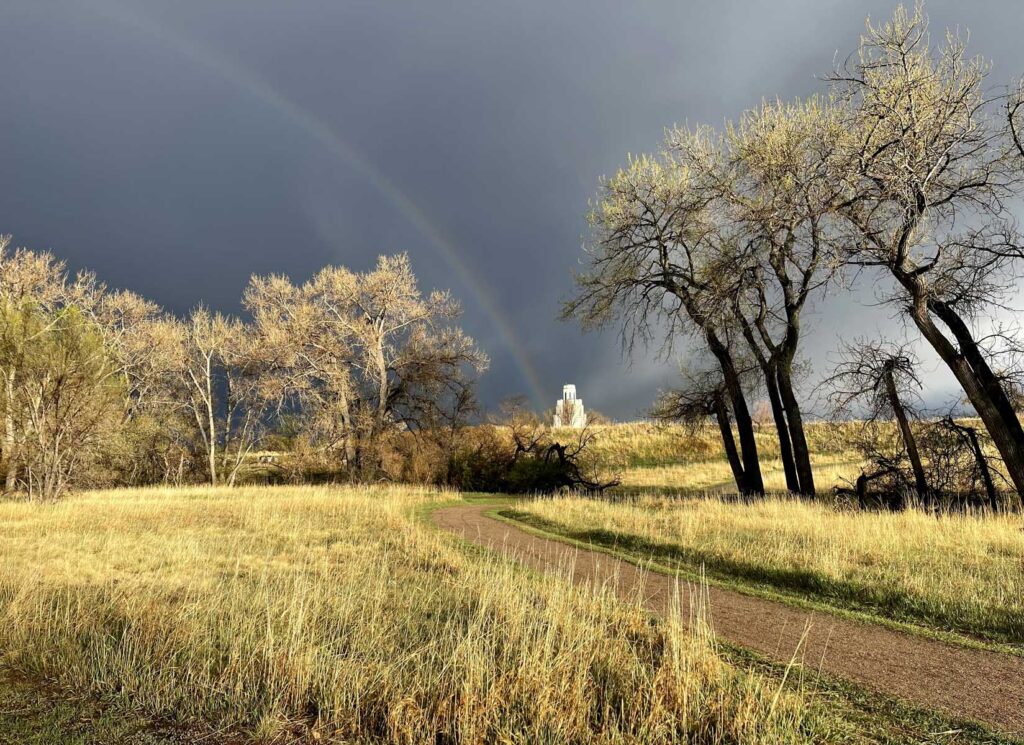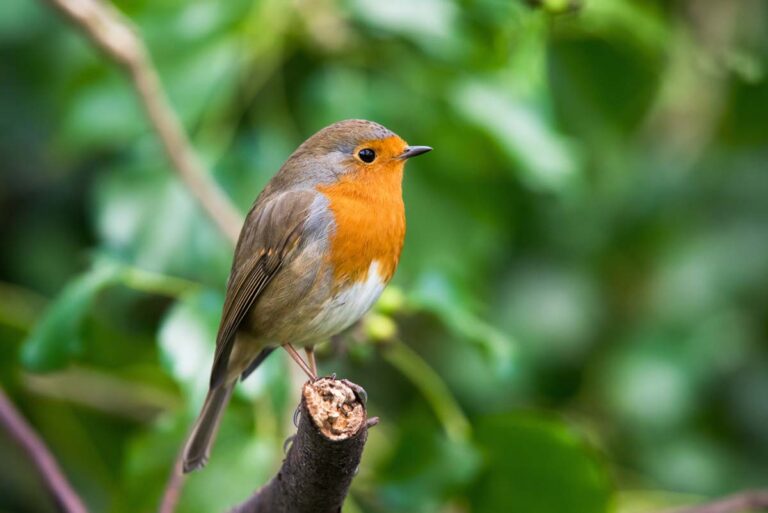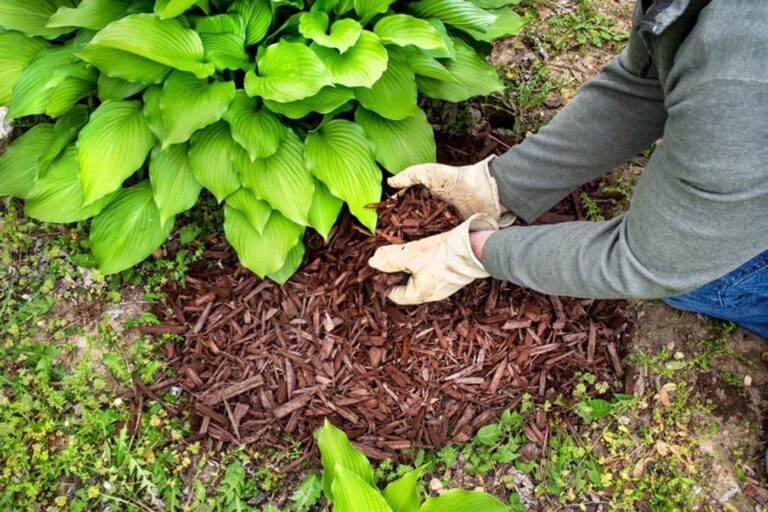Crown Hill Park is easily the one location I have photographed most since moving to Colorado sight unseen in 1999. I have walked hundreds of miles around the lake. The park holds many fond memories, as I spent much time wandering the perimeter when my children were younger, listening to croaking frogs in the waters, spotting snapping turtles, spying on coyotes and deer, and even observing bald eagles soaring above. Crown Hill Park is a beautiful sanctuary for all local wildlife, including plentiful songbirds and migratory waterfowl.
The park is 229 acres, bordering Lakewood and within Wheat Ridge, and has 10.1 miles of trails, including 3 miles of natural trails and 6.5 miles of paved trails to enjoy biking, running, walking, horseback riding, rollerblading and wildlife viewing.
The park contains two bodies of water, Crown Hill Lake and Kestrel Pond. Crown Hill Lake, stocked with catfish, largemouth bass, carp, sunfish and trout, can be caught by those with a fishing license to make for a leisurely afternoon. Kestrel Pond is the smaller pond in the protected marshlands in the wildlife sanctuary in the northwest portion of Crown Hill Park. The wildlife sanctuary is closed from March 1 to July 1 to protect nesting waterfowl and to create a natural refuge for wildlife.
The water in the park is drawn from Clear Creek into the Crown Hill Agricultural Ditch, then down to Crown Hill Lake. While Jeffco Open Space manages the park, the water in Crown Hill Lake is owned and used to irrigate the Crown Hill Cemetery, so you may notice a fluctuation in water levels throughout the year.
The area around “Crown,” as locals like to call it, was originally homesteaded in 1860 by the Lee brothers, Henry and William; their farm included land south of Clear Creek from Golden to Wheat Ridge. Lee Street was once the original road that led to William Lee’s farm, and Henry Lee suggested the name of Wheat Ridge, given the wheat crops. The brothers cultivated the land and grew vegetables to transport and sell to the mining communities within Clear Creek, Gilpin and Park counties. Later, Henry Lee became active in politics, served in Colorado’s House of Representatives, and was a State Senate representative. Henry Lee introduced a bill to sell local land to Denver, and one section of that land became Denver’s City Park. For this, Lee is credited as the father of the Denver parks system. Over the years, Henry acquired a considerable amount of farming land, including the entirety of Edgewater and a large portion of Wheat Ridge. Henry and William Lee studied and developed irrigation systems to farm large pieces of land, one of which ran from Golden to Wheat Ridge via 32nd Street.
In 1907 George W. Olinger acquired 240 acres of Henry Lee’s land to open Crown Hill Cemetery. In 1926, the iconic landmark, the Tower of Memories Mausoleum, broke ground. Notably, Adolph Coors is buried here (look for his obelisk, northeast of the mausoleum), among the many fallen servicemen and women heroes of foreign war campaigns. Rightfully, Henry Lee is also buried in the cemetery.
In 1972 a high-rise residential and commercial development was proposed for the park. Thankfully, citizens stepped in, and the Jefferson County Open Space Program was created to protect it. In 1978, Jefferson County, in conjunction with Lakewood and Wheat Ridge, purchased the land and designated Crown Hill Park. It was established as an open space and National Urban Wildlife Refuge. This ensures that our community has the ability to enjoy this glorious preserve within the city and to be enjoyed by many generations to come.
To learn more about Jeffco Open Space and get involved, please visit https://www.jeffco.us/open-space for information.






